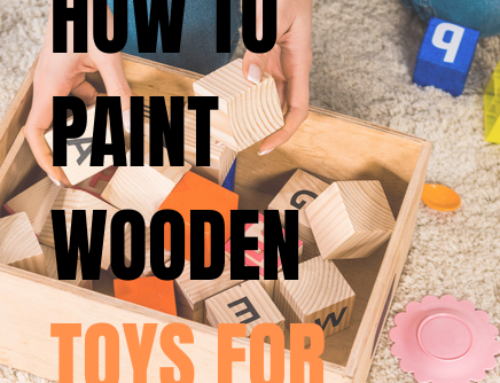Real Milk Paint is a leading milk paint brand, an environmentally safe product made from milk paint powder purified casein and pigments that is for use within any DIY painting project. But the value of it and the quality of the final result are partly derived from how well the project is prepared. This means that before you begin painting raw wood or furniture with milk paint, it’s important to learn more about milk paint preparation and project prep work.
In this latest article, we’ll outline 5 tips for prep work that will help create the results you want.
1 – Determine the Desired End Result
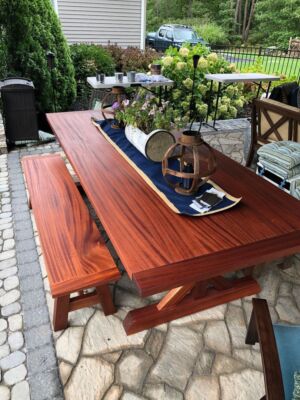 While this may seem an odd step in the milk paint preparation process, this could possibly be the most important. Solidifying your creative vision for your project, from knowing the paint color and putting on the second coat to seeing the finished painted furniture, helps you make decisions from the very start and guides you on what steps need to be taken next on applying milk paint. Depending on the look, durability, or timeline of your DIY project can affect how you prepare and use milk paint.
While this may seem an odd step in the milk paint preparation process, this could possibly be the most important. Solidifying your creative vision for your project, from knowing the paint color and putting on the second coat to seeing the finished painted furniture, helps you make decisions from the very start and guides you on what steps need to be taken next on applying milk paint. Depending on the look, durability, or timeline of your DIY project can affect how you prepare and use milk paint.
For example, if you’re painting outdoor wood furniture, it’s well worth the effort to remove any old finish so that milk paint adhere directly to the wood. This also allows you to use a finishing oil to seal in the milk paint for year round protection from the elements.
In a different scenario, if you’re looking for a chippy, shabby chic effect then leaving the current finish as is with little sanding or use of a bonding agent in the milk paint is best. This allows the milk paint to crackle and chip off all on it’s own on that glossy milk paint good finish.
2 – Consider the Mixing Process
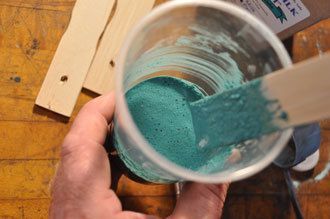
An important element to take into consideration before prepping your milk paint project is the mixing requirements for the powder form of milk paint. One part water to one part powdered paint should be the optimal ratio for outstanding paint appeal. But it’s important that you keep mixing the paint with the water until you find the right consistency for your particular project. After you mix milk paint with water, let the mixture sit to blend for 20 minutes. Then, after you begin painting, keep mixing the paint every 20 minutes to retain the ideal consistency of the mix paint.
3 – Porous Surfaces Need Little Preparation
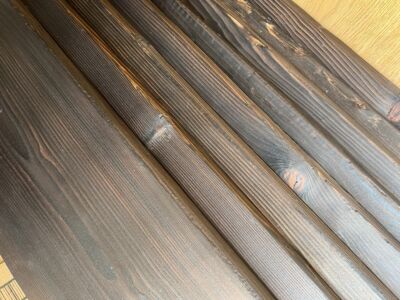
One of the major benefits of milk paint is that it adheres readily to any natural, porous surface, thanks to milk protein. With just a simple cleaning, you’re ready to paint! Porous surfaces include raw wood, concrete, brick, unglazed pottery, cinder block, and more. All of these materials will readily accept milk paint just as it is and leave you even more room for creativity. If you’re looking to give your project the best start, removing any painted surface and getting back to the original material is recommended. The Real Milk Paint Co. has multiple paint and finish removal products available.
4 – Sanding Helps Create Texture
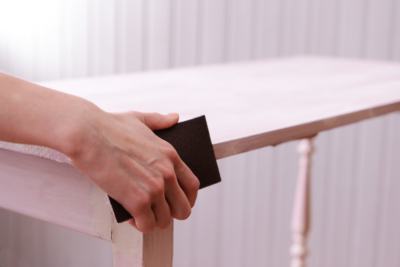
Before applying milk paint to any general finish or refinish furniture, the finish should be sanded down thoroughly with fine grit sandpaper. This sanding process is critical as it helps clean the surface of the material and creates texture to further improve adhesion of the milk paint. An important tip to remember at this point is the glossier the finish; the more sanding is required.
To achieve the ideal appearance, comprehensive sanding may be required before beginning your painting work. Once you’ve sanded the material, you can then wipe it down with a damp cloth to remove any dust particles that might impact the final output. If you don’t want to sand, then the next section is for you!
5 – Add a Bonding Agent to Ensure Adhesion
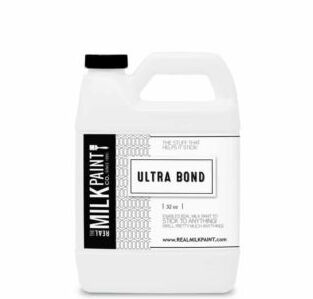
One of the top mistakes many people make when painting over another finish or paint is not adding a bonding agent to milk paint. The bonding agent is critical if the existing finish and surface has been coated with another paint or a sealer before the painting work takes place. When the bonding agent is added to the first coat, it helps ensure you achieve the ideal result. Remember to test the bonding agent on a small area of the project first and to follow the directions for its use strictly according to the manufacturer’s instructions.
For outdoor furniture or projects, be sure to add a protective tough top coat to ensure durability against the elements. However, if you want to achieve a more distressed look on your piece of furniture, apply hemp oil to the areas where you want chipping and immediately coat with milk paint.
Choose Real Milk Paint For Painting Furniture and Other DIY Projects
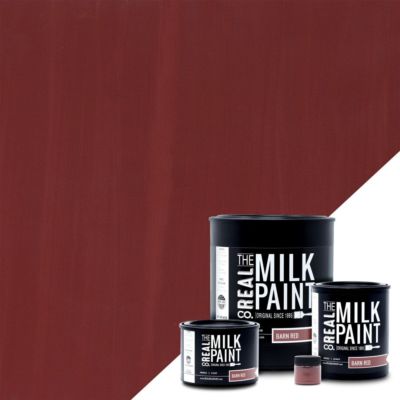 Many people choose milk paint over chalk paint because of its superior durability. Milk paint is also more resistant to scratches and chipping than chalk paint, making it a great choice as furniture paint or paint for high-traffic areas. Milk paints can bring a stylish appeal to any painting project! So shop for your milk paints now.
Many people choose milk paint over chalk paint because of its superior durability. Milk paint is also more resistant to scratches and chipping than chalk paint, making it a great choice as furniture paint or paint for high-traffic areas. Milk paints can bring a stylish appeal to any painting project! So shop for your milk paints now.
When choosing natural paint, always choose products from The Real Milk Paint Company. This is the best brand amongst all milk paint brands in the market, offering a wide range of colors like white, maroon, dark brown and more, and its exclusive formula makes it last longer than other powder-form milk paint brands you might find in the market.
To discover more about milk paint’s benefits and tutorials for its use within your home projects, speak with our expert team today.
